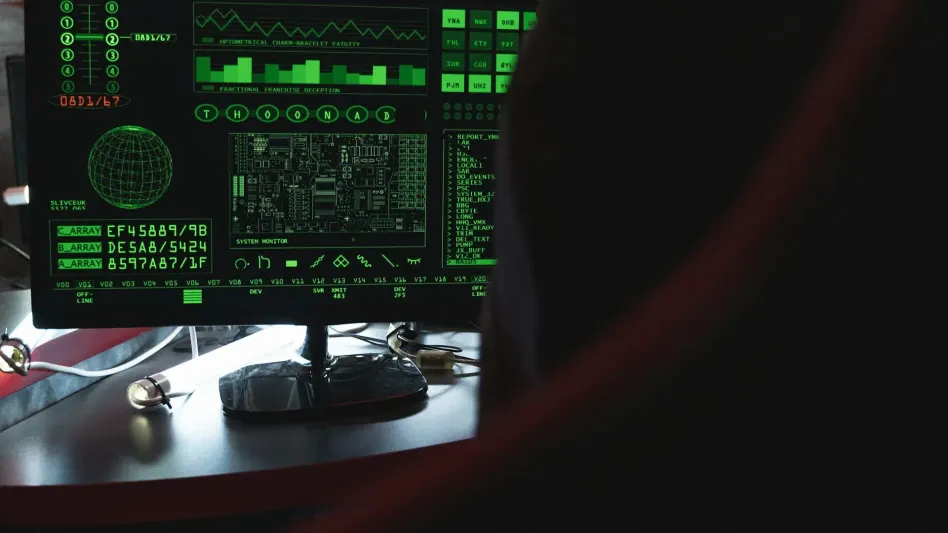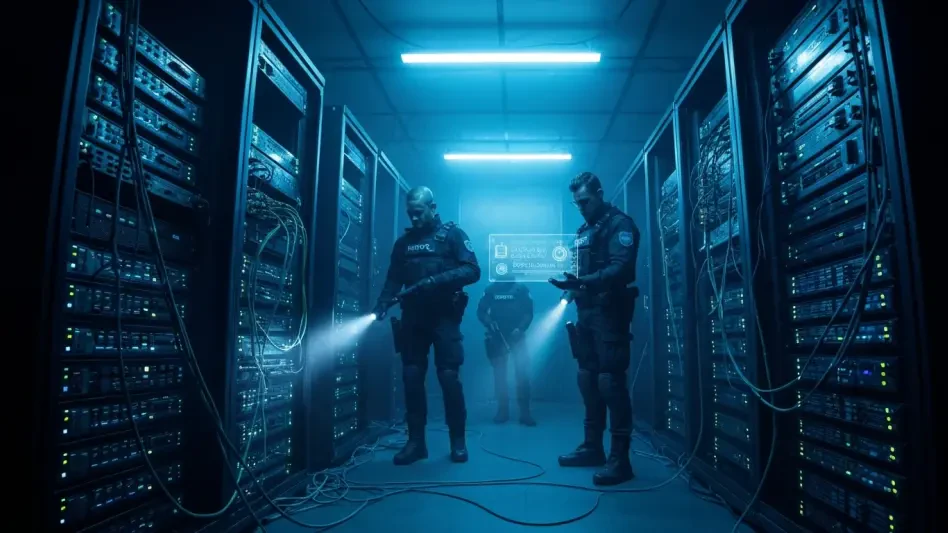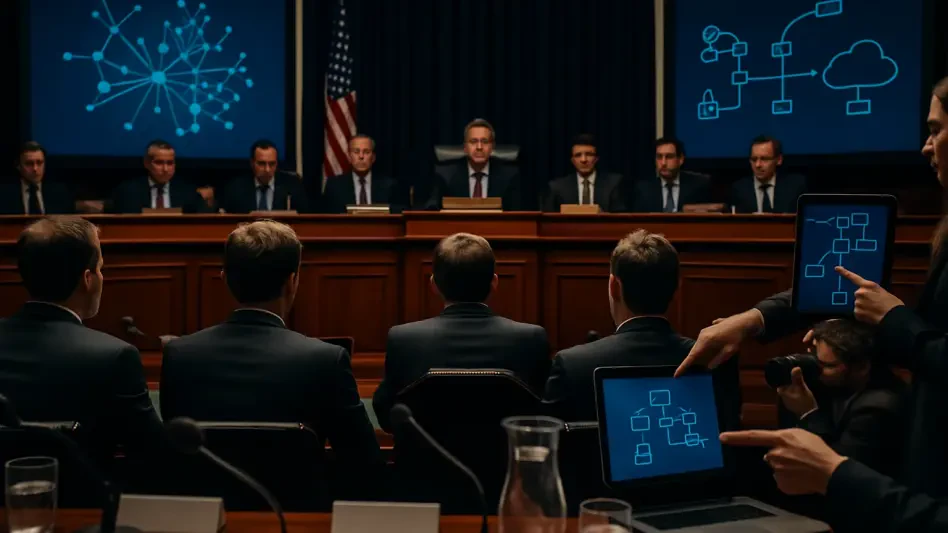Cyber attacks present significant challenges for companies, especially when it comes to managing media coverage and public perception. These attacks can have lasting effects on a company’s reputation and operations. This article delves into effective strategies and insights to navigate the complex landscape that unfolds during such incidents, using a structured approach to address the various stages of media interaction.
Initial Media Response: Setting the Tone
When a cyber attack is first detected, the immediate media response can set the tone for future coverage. Companies need to act quickly and transparently, providing clear and concise information about the incident. This initial communication helps to mitigate panic and establish trust with the public by ensuring that all relevant information is disseminated accurately.
Media outlets often focus on the operational impacts of the attack, such as system outages and service disruptions. Businesses should prepare to address these concerns promptly, offering updates on recovery efforts and anticipated timelines for resolution. By doing so, they can assure customers that steps are being taken to restore normalcy and that their concerns are being prioritized. This approach not only stabilizes the immediate aftermath but also lays the groundwork for effective long-term crisis management.
Addressing Threat Actor Actions: Escalation and Containment
Threat actors may attempt to escalate the situation through data leaks, online claims, or direct contact with stakeholders, leading to intensified media scrutiny. During this phase, it is paramount for companies to maintain control and provide timely updates to prevent misinformation and speculation from spreading. Controlling the narrative is crucial to maintaining stakeholder confidence and minimizing the incident’s overall damage.
By leveraging cybersecurity experts and collaborating with law enforcement, companies can offer reassuring messages that emphasize the steps being taken to contain the threat and protect affected data. Clear and consistent communication about efforts to mitigate the breach demonstrates the company’s commitment to resolving the situation. This approach not only reduces fear but also helps in maintaining the trust of key stakeholders, including customers, partners, and employees, who may be directly affected by the data breach.
Operational Recovery: Communicating Milestones
As a company works on operational recovery, media coverage often focuses on progress milestones. Transparent communication around these efforts is essential for rebuilding trust and demonstrating competence in handling the crisis. Regular updates on restored services, improved security measures, and lessons learned from the incident can reassure customers and stakeholders.
Companies need to communicate what changes have been implemented to prevent future breaches, emphasizing their commitment to security and enhancement. Highlighting significant recovery achievements and explaining the steps being taken can shift media narratives from the incident to the efficient handling and recovery. This proactive communication strategy underscores the company’s dedication to preventing similar future occurrences and enhances its reputation for transparency and accountability.
Navigating Regulatory Scrutiny: Compliance and Transparency
Following a cyber attack, notifications to regulatory bodies and potential legal actions garner significant media attention. Companies should be prepared to navigate this scrutiny with full compliance and transparency. Being proactive in regulatory matters demonstrates responsibility and can mitigate negative media narratives.
Companies should share details about regulatory compliance, investigation outcomes, and corrective actions proactively. This transparency shows the public that the company is taking the breach seriously and is committed to rectifying the situation. By being open about these processes, companies can fortify their credibility and assure stakeholders that comprehensive steps are being taken to address any lapses and ensure better protection of data in the future.
Proactive Reputation Management: Long-term Strategies
Rebuilding reputation post-incident requires a proactive media engagement strategy. Companies must regain customer loyalty and public trust through concerted efforts that highlight recovery and prevention measures. This is crucial for long-term resilience and business continuity.
Engaging in positive media campaigns that showcase improvements, community support initiatives, and enhanced security can help shift focus away from the incident. By promoting stories about the company’s recovery efforts, new security protocols, and community involvement, companies can rebuild their image. Such efforts illustrate the company’s dedication to not only fixing the current issues but also setting higher standards for the future, thereby fostering a renewed sense of trust and confidence among stakeholders.
Understanding Media Landscape: Different Outlets, Different Angles
Media coverage of cyber incidents varies significantly across outlets, each with its unique focus. Top-tier media emphasize operational and customer impacts, often providing a balanced viewpoint based on information from the company and affected individuals. Local media focus more on direct community impacts, typically with less understanding of cyber intricacies.
Cybersecurity journals provide detailed technical analyses of the incident, including root causes, recovery efforts, and data impact sourced from multiple channels, including the dark web and industry experts. Industry-specific publications concentrate on operational disruptions and broader implications for the sector. Companies must tailor their communication strategies to address the interests and concerns of each type of media outlet effectively, ensuring their messaging is relevant and coherent across diverse media environments.
Predictable Coverage Pathway: Anticipating Media Dynamics
Cyber incidents tend to follow a predictable trajectory in both traditional news outlets and social media. Initial reports often appear in cybersecurity industry publications, followed by detailed technical analysis and ongoing social media discussions. Understanding this pattern helps companies prepare and respond strategically.
By actively monitoring dark web claims and responding promptly to new information, companies can maintain a controlled narrative. Anticipating these media dynamics allows them to address critical points before they escalate, presenting a proactive stance to the public and stakeholders. This foresight and preparedness enable companies to stay ahead of the coverage, ensuring their responses are timely, accurate, and effective in mitigating potential reputational damage.
Media Engagement Best Practices: Strategic Communication
Cyber attacks pose significant challenges for companies, especially in managing media coverage and public perception. These incidents can severely impact a business’s reputation and disrupt operations. The article explores effective strategies and insights for navigating the complex landscape that unfolds during and after such attacks. Employing a structured approach to handle the various stages of media interaction is crucial.
First, it’s essential to establish a crisis communication plan well in advance. This plan should outline clear roles and responsibilities, ensuring that all team members understand their tasks when an attack occurs. Next, companies must focus on transparent communication, promptly informing stakeholders and customers about the situation and measures being taken.
During the incident, it’s vital to maintain consistency in messaging across all media channels, avoiding speculation or contradictory statements. After addressing immediate concerns, the company should evaluate the response and make adjustments to improve future preparedness. By following these strategies, organizations can better manage the narrative and mitigate long-term damage to their reputation.








